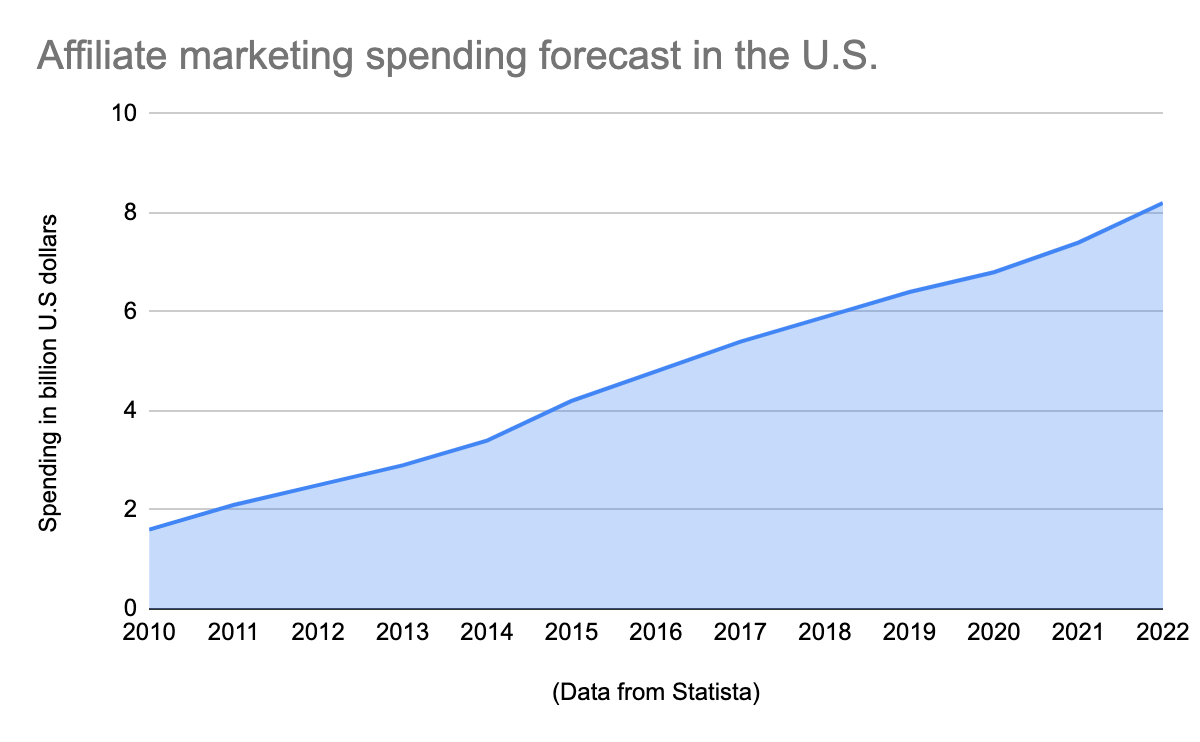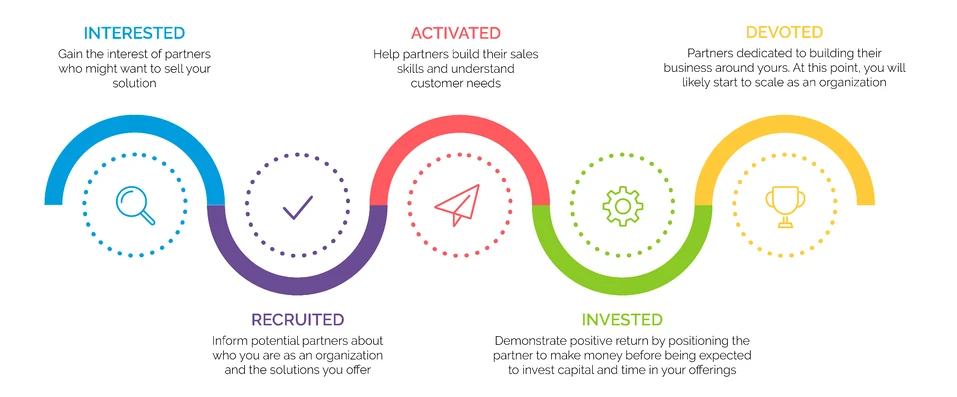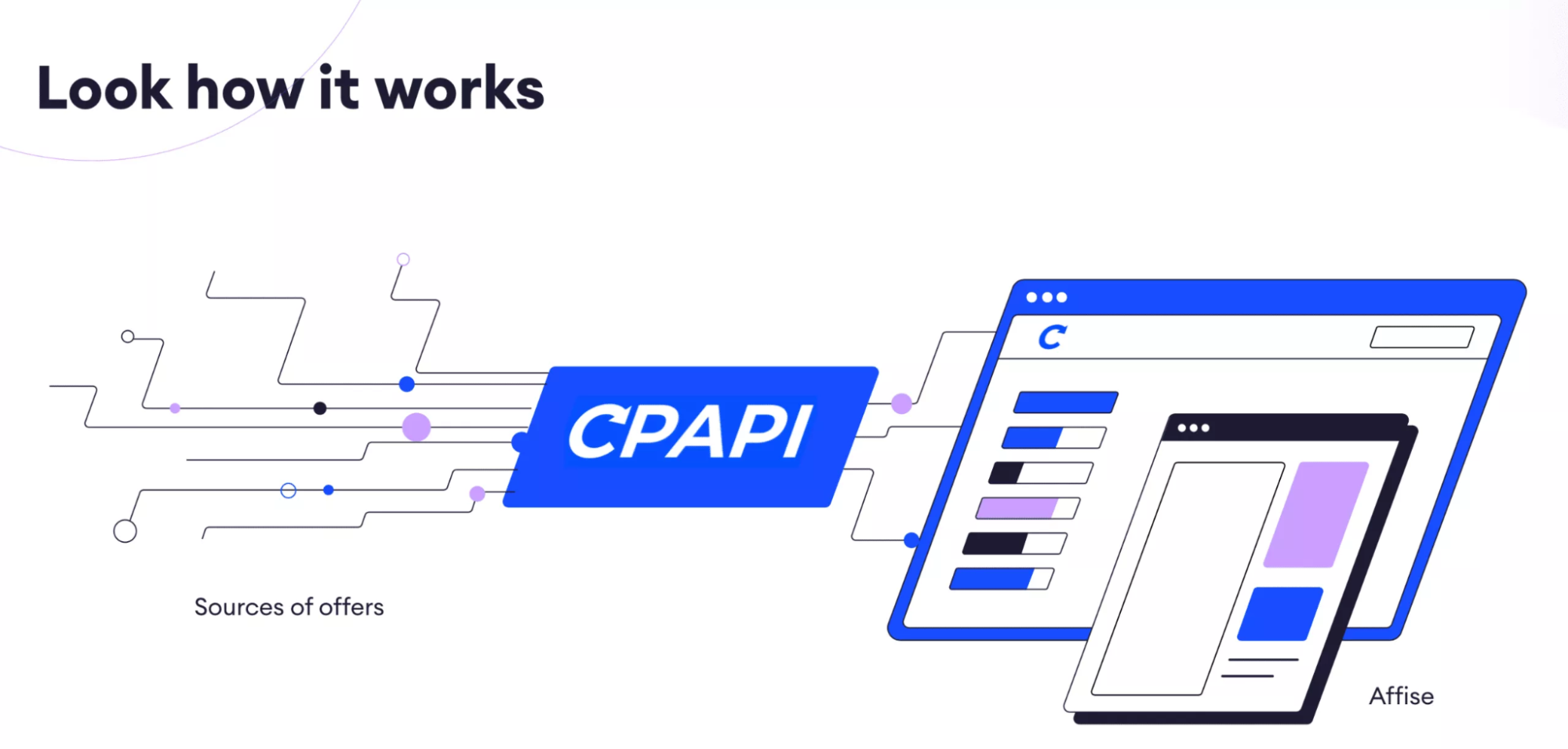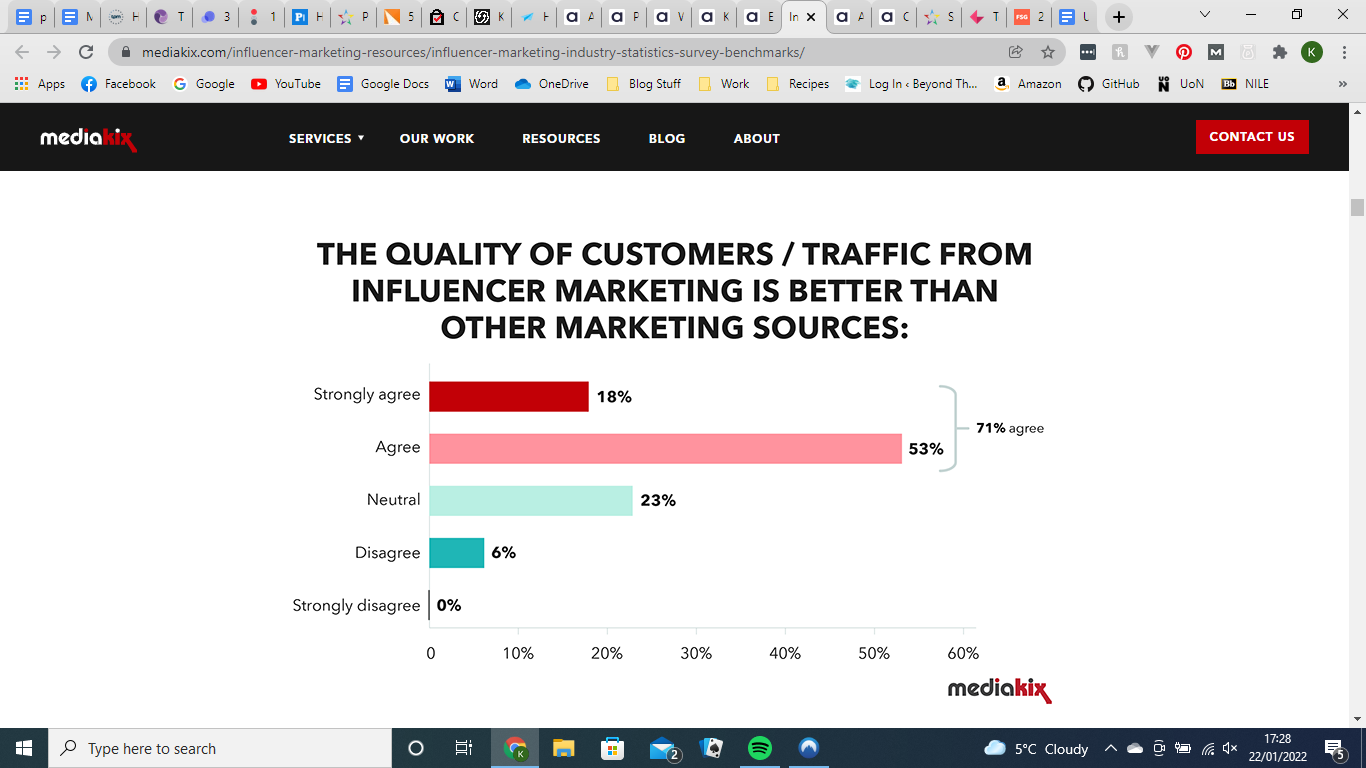Churn
Another key indicator of partner satisfaction and program success is your channel churn rate.
It can take some time and effort for a new partner to deliver a return on investment, which can put a high price on the onboarding process. If your partners keep disappearing, it’s a reliable indicator that some aspect of your program isn’t performing well.
Measuring partner engagement can help to prevent high churn rates. If you notice that a partner is starting to disengage, try reaching out to your partner’s channel account manager and encourage them to communicate any issues or areas for improvement. You should also be consistently sharing your KPIs with your partner (as well as your KPI expectations).
Effective communication will strengthen your relationship and, hopefully, prevent partner churn.
With Affise Reach for brands, you can source perfect-fit partners who encapsulate your brand’s message and values from the get-go, increasing your chances of partner marketing success.
Earnings per click
Earnings per click is a measurement used by partners to calculate the average amount of revenue they can expect for each click they generate.
Earnings per click is one of a partner’s most important metrics, as it estimates their earning potential on a CPA basis and, to a notable degree, also dictates the partnerships they make and keep.
The formula is as follows:
EPC = The total amount of commissions you earn / the number of clicks you obtained with your affiliate links.
If your partner isn’t already sharing this metric with you, encourage them to do so. Tracking this KPI can have a huge impact on your program’s payment structure.
Lifetime value
Customer lifetime value refers to the total value of a specific customer over the entire course of their relationship with your business. Your customers with high lifetime values are those who make repeat purchases, have higher purchase averages, sign up to your referral programs, and evangelize your brand by sharing their experiences with friends and family.
High-value customers are cheaper to acquire than new customers. They also generate more revenue and play a vital role in your brand awareness and credibility strategy. So you want to attract as many of them as you can.
When it comes to partner marketing, you need to evaluate whether your partner-generated leads are bringing in any high-value customers. A partner who generates a small number of high-value leads is just as valuable (if not more valuable) than a partner who generates a lot of one-time customers.
Some types of partnerships (like influencer partnerships) are growing in popularity due to their ability to bring in high-value customers.





















